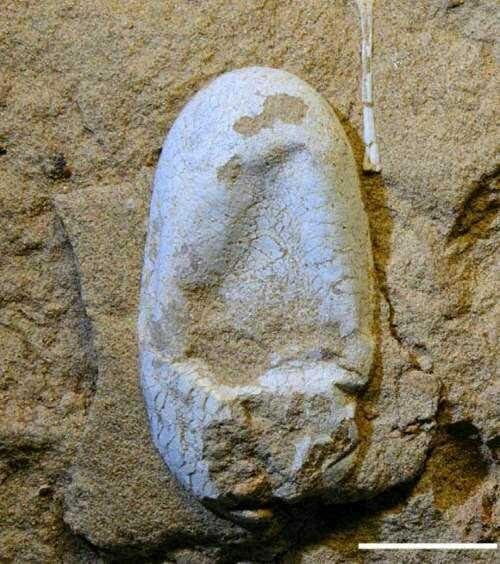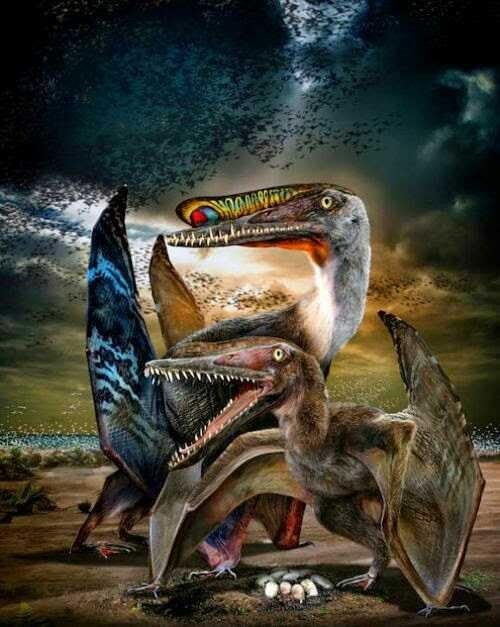120 Million Year-Old Dinosaur Egg Found In China
At least, paleontologists have managed to find fossils of 40 male and female species of Pterosaurus accompanied by five preserved intact dinosaur eggs from the Early Cretaceous period. The fossil findings of Pterosaur and dinosaur eggs found in the excavations of scientists in northwestern China reveal that Pterosaurs lived and developed with their group.
The fossil findings of Pterosaur and dinosaur eggs represent a new genus and species called Hamipterus Tianshanensis, similar to the Anzu Wyliei dinosaur. The study was written by Dr. Wang Xiaolin of the Institute of Vertebrate Paleontology and Paleoanthropology in Beijing, a paper published in the journal Current Biology.
#Pterosaur Fossil Findings With Dinosaur Eggs
Generally the Pterosaur fossil record very little explains the population information. The site was discovered in 2005, located in the Turpan-Hami Basin northwest of China. Paleontologists believe the Pterosaurus fossil site stores thousands of bones including male and female skulls and whole dinosaur eggs.
 
The sediments on the site show that the Pterosaur colony was extinct due to a major storm that occurred in the Early Cretaceous period, some 120 million years ago. Dr Wang and his team claim that previously unknown genus fossils belong to the Pterosaur species, Hamipterus Tianshanensis.


Hamipterus's generic name is a combination of reference to the specimen discovery area, Pteros said in Greek as 'wing', the specific name Tianshanensis refers to the Tian Shan spacewalk in Xinjiang, China. Pterosaurs include flying reptiles with wingspan ranging from 25 cm to 12 meters and living in groups.
The paleontologists have examined the preserved Pterosaur eggs quite well and flexed, thin, calcareous shells on the outside and soft, thick inside membranes, very similar to the eggs of modern snakes.
Analysis 40 Pterosaurs showed differences between males and females of size, shape, and head of head. The combination of fossil findings Pterosaurs and dinosaur eggs show nearby nests, and the behavior of Pterosaur species prefers groups.
Hamipterus Tianshanensis is likely to bury its eggs in the sand along the shores of ancient lakes to prevent it from drought. The new Pterosaur fossils also describe Pterosaur's reproductive, developmental, and behavioral systems, and many findings have yet to be revealed.